• Rucksack - A simple and lightweight pack with a capacity of between 35-45 liters is recommended. You need to have one loop for carrying an ice axe on your rucksack.
• Lightweight sleeping bag liner – a silk or cotton sleeping bag liner is now compulsory in all mountain huts.
• Water bottle or Thermos – a water bottle or hydration system is needed.
• Head torch with spare batteries
• Penknife
• Personal first Aid Kit - Should contain:
Plasters – of various sizes and possibly some adhesive wound dressings.
Pain Killers – aspirin or Paracetamol/Nurofen
Antiseptic cream or wipes
Blister kit – compeed and elastic tape to hold it in place (essential)!
(Note: Guides will have comprehensive first aid kits and are qualified in mountain first aid)
• Whistle
• Sun Glasses - minimum category 3.
• Ski Goggles – these can be very useful if you encounter strong winds and poor weather.
• Sunscreen and Lip Protection
• Ear Plugs - For noisy huts!!
• Camera
• Hold-all bag - for gear not required on trek. Will be left at first hotel and collected on return.
• Passport
• Money - You will need some cash for food and drinks. There are some ATMs and most hotels, shops and restaurants will accept credit cards, but most huts still accept cash only. You should allow about 30-40 Swiss Francs or 25-35 Euros per day for lunch and drinks (amount approximate and depends on consumption).
• Toiletries – Should contain:
Toothbrush and paste - a mini one is ideal
Soap
Anti-bacterial hand cleaner
Wet wipes – essential to try to maintain hygiene
Tissues and toilet roll
Small light quick dry towel e.g. a Lifeventure Soft fiber towel
(Any other essentials you need but remember there are no shower facilities and generally no running water in the huts and you have to carry everything with you!)
• Alpine club card - If you're a member.
• Book, pack of cards and or Ipod/MP3 player – It’s nice to have something to read or listen to when you are in the huts or to challenge your fellow travelers to a game of card. These items are not essential but if you have space you might appreciate them.
 Off-Piste
Off-Piste Ski Touring
Ski Touring Via Ferrata
Via Ferrata Ice Climbing
Ice Climbing Alpine Glacier Trekking
Alpine Glacier Trekking Worldwide Trekking
Worldwide Trekking



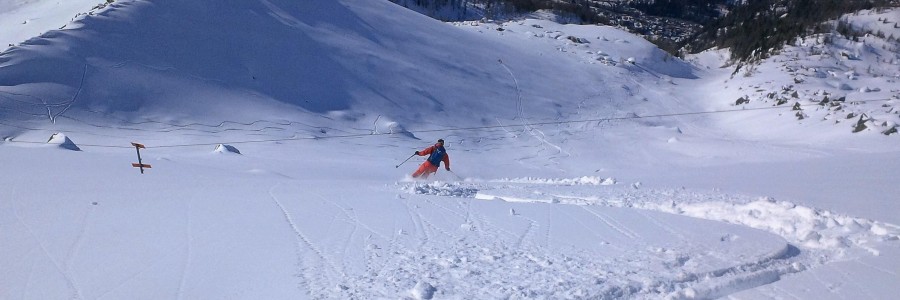


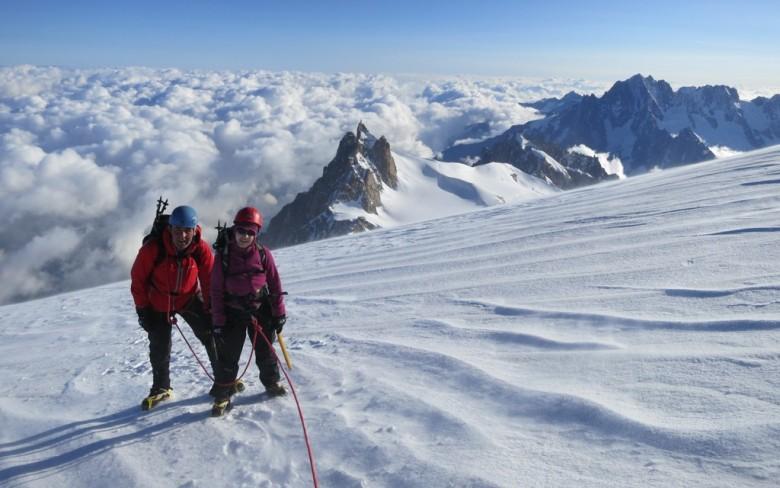
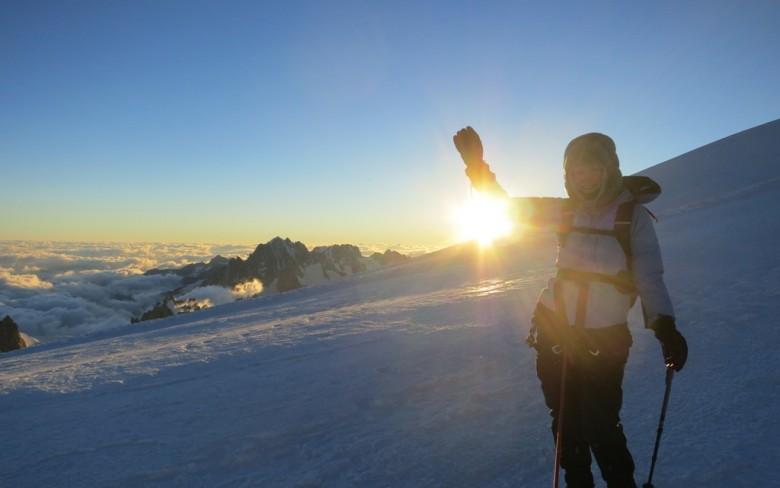
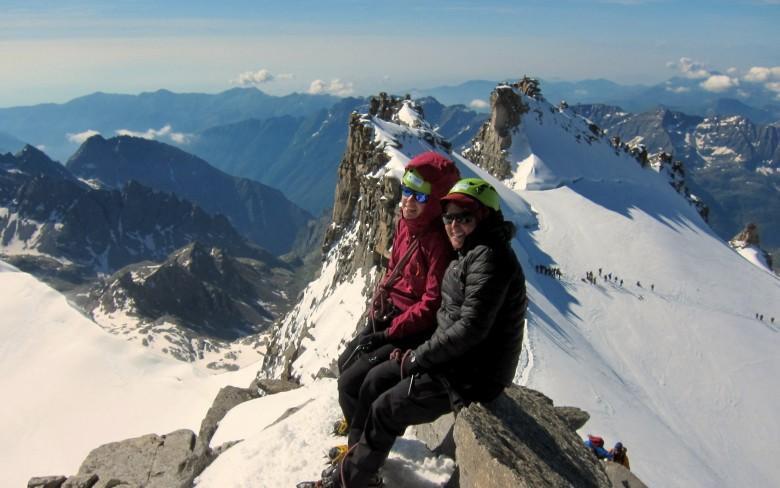
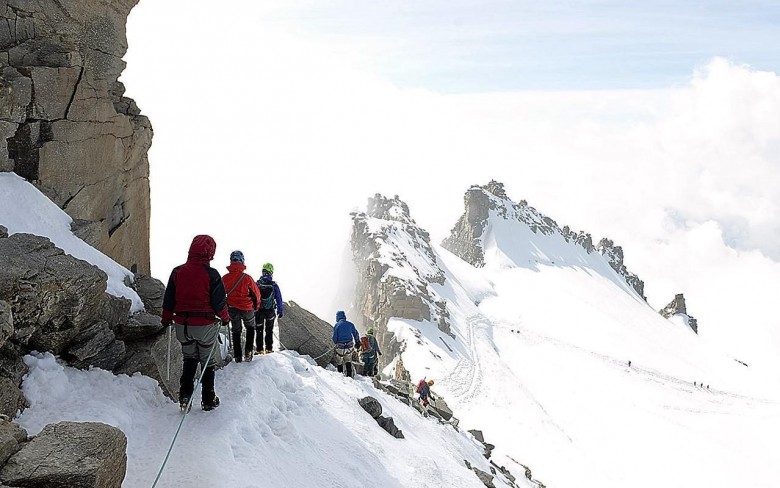
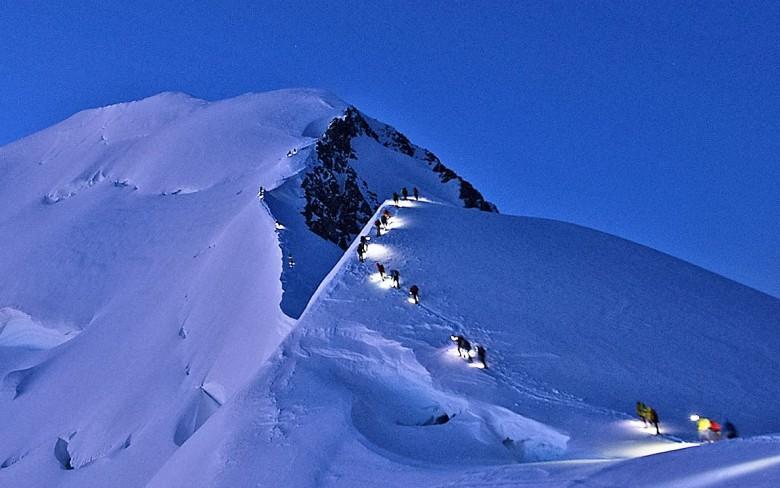

 Travel Website Development
Travel Website Development